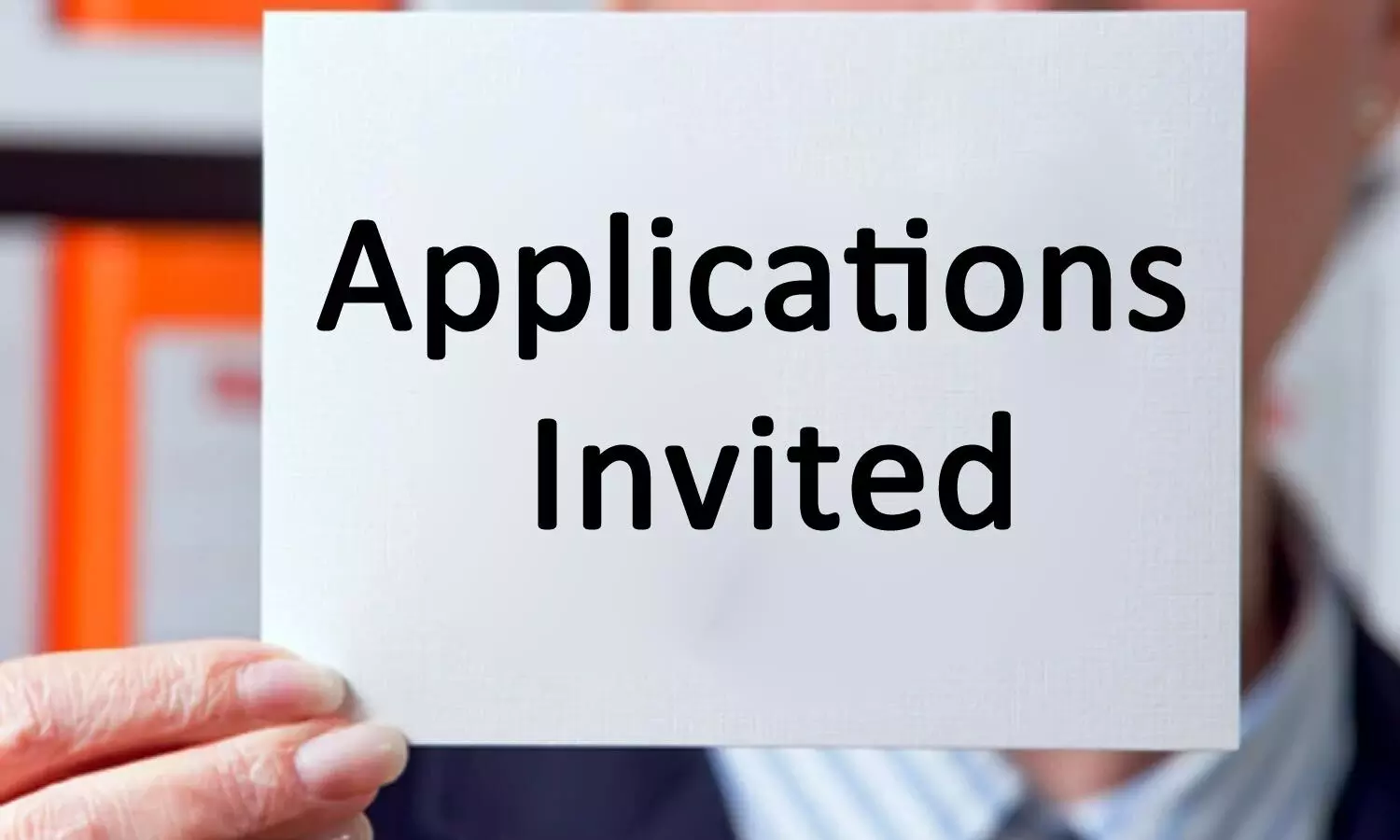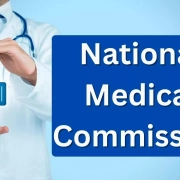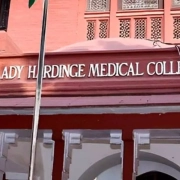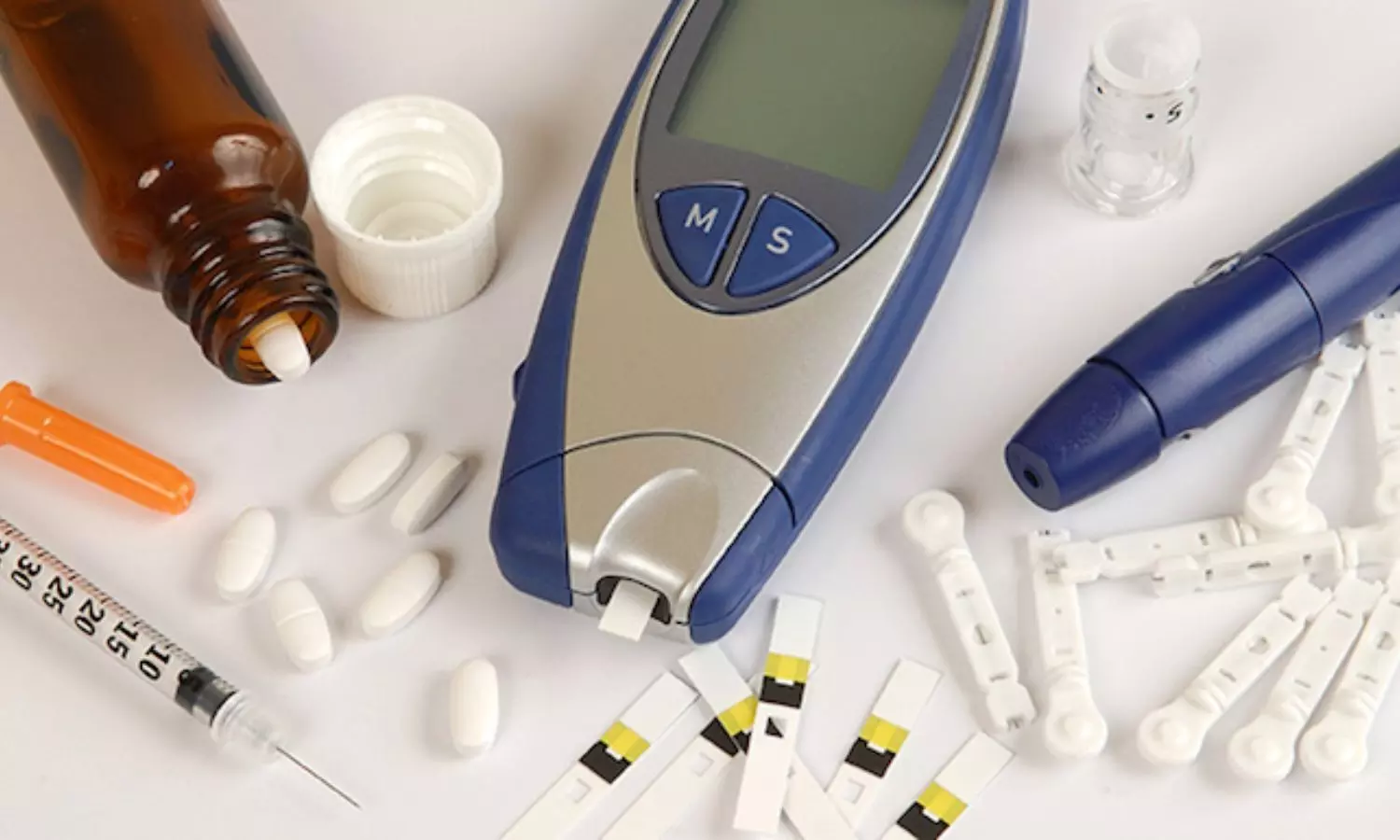
New Delhi- The National Board of Examination in Medical Sciences (NBEMS) has invited applications for the DNB and DrNB Final Theory Examinations scheduled for May 2024. In this regard, NBE has issued an information bulletin detailing the eligibility criteria, fee structure, scheme of examination and other details.
This DNB and DRNB Final Theory Examination for May 2024 will be conducted on 15, 16, 17 and 18 May 2024 at various examination centres across the country. Candidates can submit applications for the said examination online from 2 April 2024 (3 PM onwards) to 22 April 2024 (11:55 PM onwards).
HOW TO FILL APPLICATION FORM
1 Applicants have to register themselves online on the Online Exit Examination Portal (OEEP) to submit the DNB/DRNB Final Examination application to the National Board of Examination in Medical Sciences. The online exit examination portal can be accessed through the official website of NBEMS.
2 After successful registration and application submission, candidates can log in to their OEEP account to check the status of the online application submitted for DNB/DRNB final examinations, any deficiencies will inform them about downloading the admit card.
3 Application for DNB/DRNB Final Theory Examination- May 2024 can be submitted online only through the official website of the National Board of Examination in Medical Sciences. There is no other mode of submission of application and if it is submitted through any other mode it will be summarily rejected.
4 Following steps shall be required to be completed in sequence for application submission to NBEMS:
A. Register a User.
B. Complete the Application form, Examination City Selection and Upload Prescribed Documents.
C. Pay Examination Fee.
5 The applicant candidate shall register a username and create his/her online profile with the Online Exit Examinations Portal. On successful creation of the candidate profile, the applicant shall be required to complete the DNB/DrNB Final Examinations application form, pay the prescribed examination fee and upload the prescribed documents online. Candidates shall be able to preview the application form for any corrections required before final submission.
6 The applicant candidate may save and print the application form submitted online for future reference. There is no requirement to submit the hard copy of the application form and documents uploaded to NBEMS.
TIME TABLE OF DNB FINAL (BROAD SPECIALITY)
|
Paper
|
Day
|
Date
|
Exam Time
|
|
I
|
Wednesday
|
15.05.2024
|
2:00 PM-5:00 PM
|
|
II
|
Thursday
|
16.05.2024
|
2:00 PM-5:00 PM
|
|
III
|
Friday
|
17.05.2024
|
2:00 PM-5:00 PM
|
|
IV
|
Saturday
|
18.05.2024
|
2:00 PM-5:00 PM
|
TIME TABLE OF DrNB FINAL (SUPER SPECIALITY)
|
Paper
|
Day
|
Date
|
Exam Time
|
|
I
|
Wednesday
|
15.05.2024
|
2:00 PM-5:00 PM
|
|
II
|
Thursday
|
16.05.2024
|
2:00 PM-5:00 PM
|
|
III
|
Friday
|
17.05.2024
|
2:00 PM-5:00 PM
|
TIME TABLE OF SUPER SPECIALITY DIRECT 6 YEARS COURSE-PART-I
|
Paper
|
Day
|
Date
|
Exam Time
|
|
I
|
Wednesday
|
15.05.2024
|
2:00 PM-5:00 PM
|
|
II
|
Thursday
|
16.05.2024
|
2:00 PM-5:00 PM
|
EXAMINATION FEE
|
Candidate
|
Examination Fee (Theory & Practical)
|
Registration Fee
|
Total* (in Rs.)
|
|
DNB/DrNB Trainees
|
5250
|
Not Applicable#
|
5250
|
|
MD/MS or DM/MCh
|
5250
|
1000
|
6250
|
|
Only Practical Examination (DNB/DrNB trainee or MD/MS/DM/MCh Candidate)
|
|
|
5250
|
ELIGIBILITY CRITERIA OF DNB BROAD SPECIALITY
1 Candidates who have undergone training as a DNB trainee at any of the National Board of Examinations in Medical Sciences accredited institutes after having registered with NBEMS as a DNB trainee and are completing their prescribed training as a DNB trainee by the date mentioned below & on submission of a certificate to this effect, can undertake the DNB Final Examination in the same speciality.
2 Submission of Training Completion Certificate indicating details of leave taken during DNB training for DNB trainees is an essential pre-requisite. In case the candidate does not submit the training Completion certificate along with the application form, his/her application shall be rejected and fees forfeited.
3 Request for extension in cutoff date for completion of training for eligibility determination for DNB final Examination shall not be considered.
4 Candidates who have completed their DNB training while applying for the DNB Final Examination shall be required to submit a Final Training Completion Certificate (FTCC).
5 Candidates whose DNB training is ongoing while applying for the DNB Final Examination shall be required to submit a Provisional Training Completion Certificate (PTCC). The PTCC must confirm that the candidate would be able to complete his/her training by the prescribed cut-off after taking into consideration all leave taken vis-a-vis the maximum permissible leave as per NBEMS leave rules and the required period of extension, if any. Such candidates are required to submit a Final Training Completion Certificate (FTCC) as per the format in Annexure-IV immediately upon completion of their training. Such candidates shall be provisionally allowed to appear for the DNB Final Examination subject to completion of their DNB training by the prescribed cut-off date.
6 Candidates who submit their Provisional TCC with correct leave details projecting their training completion on/before the prescribed cut-off date for the examination, happen to avail more leave after applying for the examination due to some unforeseen reasons which might take their training beyond the prescribed cutoff date, shall NOT be declared INELIGIBLE for the examination.
7 If such a candidate qualifies for the theory and practical examination, his/her Provisional Pass Certificate shall only be issued on completion of his/her DNB training and submission of Final TCC to this effect.
8 If such a candidate qualifies theory examination but fails to qualify for the practical examination, his/her candidature for the theory examination shall remain valid and he/she shall be allowed to appear in the next remaining attempt(s) of the practical examination, provided that he/she completes his/her DNB training before the next attempt of practical examination.
9 However, candidates who at any stage are found to have misrepresented/failed to disclose the complete details of leave taken by them, in their Provisional TCC, shall be declared INELIGIBLE on failing to complete their training on/before the prescribed cut-off date for the examination. Candidature of such candidates for the DNB Final Examination shall stand cancelled and the result, if any declared, shall be treated as null and void.
10 In terms of the NBEMS notice dated 26th November 2019, appearance in the minimum required numbers of Formative Assessment Tests (FATs) during the DNB/DrNB training shall be mandatory towards eligibility for appearing in DNB/DrNB Final Examinations. This compulsory participation in FATs shall apply to candidates who have joined their training in or after the July 2019 admission session.
ELIGIBILITY CRITERIA OF DrNB SUPER SPECIALITY
1 Candidates who have undergone training as a DrNB trainee at any of the National Board of Examinations in Medical Sciences accredited institutes after having registered with NBEMS as a DrNB trainee and are completing their prescribed training as a DrNB trainee by the date mentioned below, & on submission of a certificate to this effect, can undertake the DrNB Final Examination in the same speciality.
2 Submission of Training Completion Certificate indicating details of leave taken during DrNB training for DrNB trainees is an essential pre-requisite. In case the candidate does not submit the training Completion certificate along with the application form, his/her application shall be rejected and fees forfeited.
3 Request for extension in cutoff date for completion of training for eligibility determination for DrNB final Examination shall not be considered.
4 Candidates who have completed their DrNB training while applying for the DrNB Final Examination shall be required to submit a Final Training Completion Certificate (FTCC).
5 Candidates whose DrNB training is ongoing while applying for the DrNB Final Examination shall be required to submit a Provisional Training Completion Certificate (PTCC). The PTCC must confirm that the candidate would be able to complete his/her training by the prescribed cut-off after taking into consideration all leave taken vis-a-vis the maximum permissible leave as per NBEMS leave rules and the required period of extension, if any. Such candidates are required to submit a Final Training Completion Certificate (FTCC) as per the format in Annexure-IV immediately upon completion of their training. Such candidates shall be provisionally allowed to appear for the DrNB Final Examination subject to completion of their DrNB training by the prescribed cut-off date.
6 Candidates who submit their Provisional TCC with correct leave details projecting their training completion on/before the prescribed cut-off date for the examination, happen to avail more leave after applying for the examination due to some unforeseen reasons which might take their training beyond the prescribed cutoff date, shall NOT be declared INELIGIBLE for the examination.
7 If such a candidate qualifies for the theory and practical examination, his/her Provisional Pass Certificate shall only be issued on completion of his/her DrNB training and submission of Final TCC to this effect.
8 If such a candidate qualifies theory examination but fails to qualify for the practical examination, his/her candidature for the theory examination shall remain valid and he/she shall be allowed to appear in the next remaining attempt(s) of the practical examination, provided that he/she completes his/her DrNB training before the next attempt of practical examination.
9 However, candidates who at any stage are found to have misrepresented/failed to disclose the complete details of leave taken by them, in their Provisional TCC, shall be declared INELIGIBLE on failing to complete their training on/before the prescribed cut-off date for the examination. Candidature of such candidates for the DrNB Final Examination shall stand cancelled and the result, if any is declared, shall be treated as null and void.
10 In terms of the NBEMS notice dated 26th November 2019, appearance in a minimum required number of Formative Assessment Tests (FATs) during the DNB/DrNB training shall be mandatory towards eligibility for appearing in DNB/DrNB Final Examinations. This compulsory participation in FATs shall apply to candidates who have joined their training in or after the July 2019 admission session.
EXAMINATION SCHEME OF DNB BROAD SPECIALITY
1 The theory examination comprises of four papers, a maximum mark of 100 each.
2 There are 10 short notes of 10 marks each, in each of the papers.
3 The number of short notes and their respective marks weightage may vary in some subjects/some papers.
4 Maximum time permitted is 3 hours.
5 Candidate must score at least 200/400 in the aggregate of 4 papers to qualify the theory examination. Grace marks of up to 2% of maximum marks i.e. 8/400 shall be given only to the candidates falling in the zone of consideration i.e. securing between 192-199 marks out of 400. 6 Only those candidates who have qualified the theory examination are permitted to take the practical examination.
EXAMINATION SCHEME OF DrNB SUPER SPECIALITY
1 Maximum Marks: 300
2 The theory exam comprises of three question papers.
3 There are 10 short notes of 10 marks each in the question paper.
4 The number of short notes and their respective marks weightage may vary in some subjects/some papers.
5 Maximum time permitted is 3 hours for each question paper.
6 Candidate must score at least 50% of maximum marks to qualify the theory exam i.e. candidate scoring 150 or more marks out of 300 shall be declared ‘pass’ in the theory examination.
7 Candidate must score at least 150/300 in the aggregate of 3 papers to qualify the theory examination. Grace marks of up to 2% of maximum marks i.e. 6/300 shall be given only to the candidates falling in the zone of consideration i.e. securing between 144-149 marks out of 300. 8 Candidates who have qualified the theory examination are permitted to take up the practical examination.
To view the information Bulletin, click the link below




















